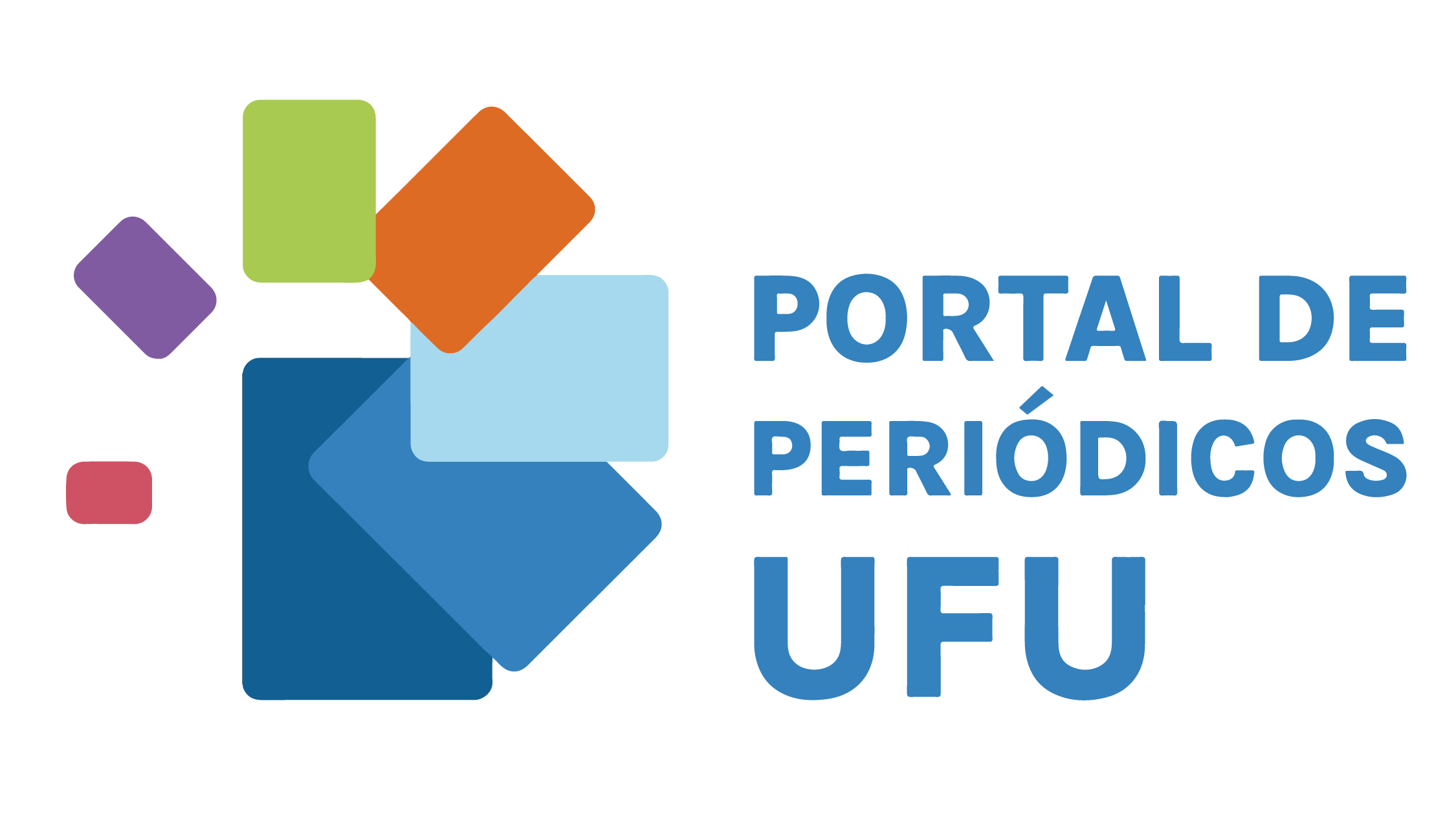Health education actions about human parasitosis in public schools in the municipality of Jataí, State of Goiás, Brazil
DOI:
https://doi.org/10.14393/REE-v18n22019-49658Keywords:
Health education, Parasitic diseases, Socialization of knowledgeAbstract
Experience report resulting from the extension project “Health education: human parasites” in public schools in the city of Jataí, southwest of the State of Goiás; it was developed by teachers and students of the Federal University of Goiás, Jataí Regional (UFG-REJ), Brazil. The objectives of this project were to carry out educational actions to students of public schools about intestinal parasites, pediculosis, toxoplasmosis and trichomoniasis with focus in the prevention and control of parasitosis. The activities attended 593 children and young people enrolled in nursery, elementary and high school, in nine public schools selected by lottery and consent of the municipal and state Education Secretaries. The actions of lectures, posters, memory games, movies exhibitions and puppet theaters were planned at university facilities and performed in selected public schools. The actions developed were positively evaluated by the school principals and provided interactions between the undergraduates and the target audience, contributing to the formation of citizens more aware of the social reality in which they operate. In addition to contributing to the training of biomedical and nurses committed to social responsibility.
Downloads
References
ALEMAYEHU, B. et al. Epidemiology of intestinal helminthiasis among school children with emphasis on Schistosoma mansoni infection in Wolaita zone, Southern Ethiopia. Biomed Central, Londres, v. 17, n. 587, p. 2-10, 2017. Doi: 10.1186/s12889-017-4499-x.
AGUIRRE, A. A. et al. The one health approach to toxoplasmosis: epidemiology, control and prevention strategies. EcoHealth, New York, NY, v. 16, n. 2, p. 378-90, 2019. Doi: 10.1007/s10393-019-01405-7.
ANDRADE, A. M. et al. Intestinal obstruction in a 3-year-old girl by Ascaris lumbricoides infestation: case report and review of the literature. Medicine, Baltimore, v. 94, n. 16, p. 1-3, 2015. Doi: 10.1097/MD.0000000000000655.
ANGELUCI, C. H. G. et al. Avaliação da prevalência de parasitoses intestinais em escolares do Município de Formosa-GO. Sinergia, São Paulo, v. 14, n. 3, p. 227-232, 2013.
BISSATI, K. E. et al. Global initiative for congenital toxoplasmosis: an observational and international comparative clinical analysis. Emerging Microbes and Infections. Philadelphia, v.7, n. 165, p. 1-14, 2018. Doi: 10.1038/s41426-018-0164-4.
BRASIL. Ministério da Saúde. Secretaria de Vigilância em Saúde. Coordenação-Geral de Desenvolvimento da Epidemiologia em Serviços. Guia de Vigilância em Saúde. Brasília, DF: MS, 2016.
DUFLOTH, D. B. et al. Pesquisa sobre a contaminação de hortaliças por ovos e larvas de nematódeos e cistos de protozoários como método de estudo. Revista de Patologia Tropical, Goiânia, v. 42, n. 4, p. 443-454, 2013. Doi: 10.5216/rpt.v42i4.27923.
GABANI, F. L.; MAEBARA, C. M. L.; PIMENTA-FERRARI, R. A. Pediculose nos centros de educação infantil: conhecimentos e práticas dos trabalhadores. Escola Anna Nery Revista Enfermagem, Rio de Janeiro, v. 14, n. 2, p. 309-371, 2010. Doi: 10.1590/S1414-81452010000200014.
LAGO, M. L.; PITREZ, M. C. Toxoplasmose, interdicisplinaridade e geografia. Scientia Medica, Porto Alegre, v. 20, n. 1, p. 3-4, 2010. Doi: 10.15448/1980-6108.2010.1.6949.
MACIEL, G. P.; TASCA, T.; De CARLI, G. A. Aspectos clínicos, patogênese e diagnóstico de T. vaginalis. Jornal Brasileiro de Patologia Médica e Laboratorial, Rio de Janeiro, v. 40, n. 3, p. 152-160, 2004. Doi: 10.1590/S1676-24442004000300005.
MARINHO, J. C. B.; SILVA, J. A.; FERREIRA, M. A educação em saúde como proposta transversal: analisando os Parâmetros Curriculares Nacionais e algumas concepções docentes. História, Ciências, Saúde, Rio de Janeiro, v. 22, n. 2, p. 429-443, 2015. Doi: 10.1590/S0104-59702014005000025.
MORAIS, A. G.; ALBUQUERQUE, E. B. C.; BRANDÃO, A. C. P. A. Refletindo sobre a língua escrita e sobre sua notação no final da educação infantil. Revista Brasileira de Estudos Pedagógicos, Brasília, v. 97, n. 247, p. 519-533, 2016. Doi: 10.1590/s2176-6681/277833582.
NEVES, D. P. et al. Parasitologia humana. 13. ed. São Paulo: Atheneu, 2016.
OLIVEIRA, F. L. B. de; ALMEIDA JUNIOR, J. J. de. Motivações de acadêmicos de enfermagem atuantes em projetos de extensão universitária: a experiência da Faculdade Ciências da Saúde do TRAIRI/UFRN. Espaço para a Saúde, Londrina, v. 16, n. 1, p. 40- 47, 2015. Doi: 10.22421/1517-7130.2015v16n1p40.
SCHALL V. T., STRUCHINER, M. Educação em saúde: novas perspectivas. Cadernos de Saúde Pública, Rio de Janeiro, v.15, supl. 2, 1999. Doi: 10.1590/S0102-311X1999000600001.
TOSCANI, N. V. et al. Desenvolvimento e análise de jogo educativo para crianças visando à prevenção de doenças parasitológicas. Interface: Comunicação, Saúde e Educação. Botucatu, v. 11, n. 22, p. 281-294, 2007. Doi: 10.1590/S1414-32832007000200008.
UNITED NATIONS (ONU). Millennium development goal 8: taking stock of the global partnershipfor evelopment. MDG Gap Task Force. Report 2015.
WORLD HEALTH ORGANIZATION. Global incidence and prevalence of selected curable sexually transmitted infections – 2008. Geneva: WHO, 2012.
Downloads
Published
How to Cite
Issue
Section
License
Ao publicarem nesta revista, os autores concordam em manter os direitos autorais e concedem à revista o direito de primeira publicação, com o trabalho simultaneamente licenciado sob a licença Creative Commons Atribuição-NãoComercial-SemDerivações 4.0 Internacional.




